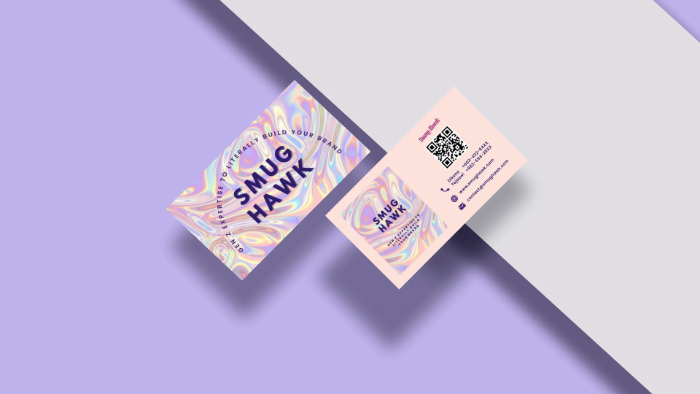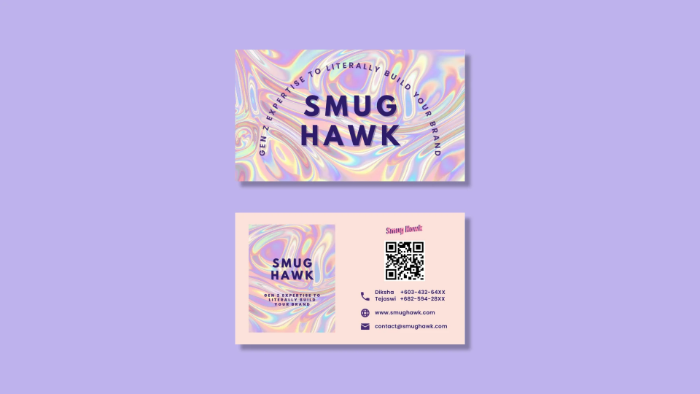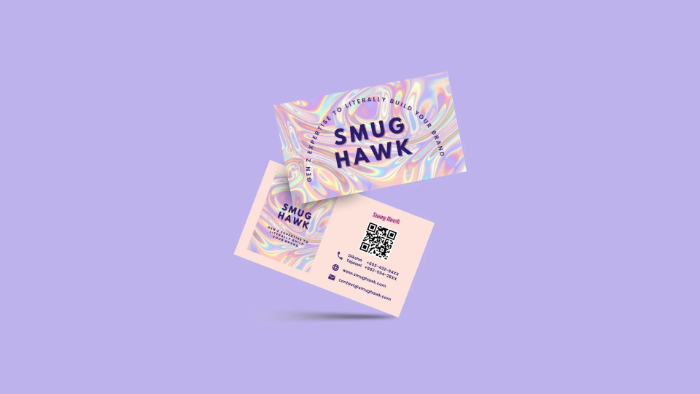
Are you struggling to establish your brand identity? Do you want to take your business to new heights by creating a strong brand image? If yes, then creating a brand book can be the solution to all your branding woes.
Table of Contents
Sno. | Topic |
1. | What is a Brand Book? |
2. | Why Does Your Business Need a Brand Book? |
3. | How to Create a Brand Book?
|
4. | Takeaways |
In this article, we will explain what a brand book is, its importance, and how you can create one for your business.
What is a Brand Book?
A brand book, also known as a brand bible or brand guidelines, is a comprehensive guide that outlines the visual and editorial elements of a brand. It serves as a one-stop shop for anyone who works with the brand and provides a clear understanding of the brand's identity, voice, and personality.

A brand book typically includes information about the company's history, mission, vision, values, target audience, and messaging. It also outlines the visual elements, such as the logo, color palette, typography, and other design assets. Further, it provides guidelines for editorial and communication styles, social media presence, and other brand-related assets.
Why Does Your Business Need a Brand Book?

A brand book is an essential tool for any business that wants to establish a strong brand identity. Here are a few reasons why your business needs a brand book:
Establishes Brand Consistency
A brand book ensures that all elements of your brand remain consistent across all channels, platforms, and materials. By creating clear guidelines, you can avoid confusion or inconsistencies in your brand's visual and editorial representation.
Builds Credibility
A strong brand identity builds trust and credibility with your target audience. By creating a brand book, you can establish a consistent voice and visual style that resonates with your audience and sets you apart from your competitors.
Streamlines Branding Efforts
A brand book streamlines your branding efforts by providing clear guidelines for all branding-related activities. With a brand book in place, you can save time and resources by avoiding the need to create new design assets or messaging from scratch every time.
Helps with Brand Evolution
As your business grows and evolves, your brand identity may change over time. A brand book serves as a reference point for any changes and ensures that your brand remains consistent and recognizable throughout its evolution.
How to Create a Brand Book?
Now that you understand the importance of a brand book, let's dive into the process of creating one. At Smug Hawk, we follow a simple five-step process to create a comprehensive brand book for our clients. Here's a breakdown of each step:
1. Define Your Brand
The first step in creating a brand book is to define your brand. This includes your company history, tagline, target audience, mission, vision, core values, services/products, and brand promise. By defining your brand, you can create a consistent and recognizable identity that resonates with your target audience.
Tagline
A tagline is a short phrase that summarizes your brand's message. It should be memorable and reflect your brand's personality. For example, Smug Hawk's brand book defines its brand by emphasizing its tagline "Gen Z expertise to literally build your brand".

Target Audience
Knowing your target audience is crucial for developing a brand that resonates with them. Consider creating buyer personas to identify your target audience's demographics, interests, and pain points.

Mission, Vision, and Values
Your brand's mission, vision, and values provide a framework for your brand's personality and messaging. Clearly define these elements and ensure they align with your company's goals and objectives.


Services/Products
Your brand book should also include a comprehensive list of the products or services you offer.

Company History
Your company's history provides insight into its evolution and can help shape your brand's identity. Consider including a brief overview of your company's founding story, milestones, and achievements. History is optional and is mainly for those businesses or companies that have been in the market for a while.
Brand Promise
Your brand promise is a statement that communicates what your brand stands for and what your audience can expect from you. It should be concise, memorable, and reflect your brand's values. This is also optional and if you think that you have covered the content for this in the previous sections itself, you may choose to skip it.
2. Detailed Visual Guidelines
The visual elements of your brand are just as important as the messaging. A brand book should provide detailed guidelines for all visual elements, including the logo, color palette, typography, and other design assets.
Logo
Your logo is the most recognizable visual element of your brand. Your brand book should include guidelines for its usage, variations, and placement.


Color
Color plays a crucial role in creating a strong brand identity. Your brand book should include a comprehensive color palette that reflects your brand's personality and values.


Typography and Font
Typography and font choices can impact your brand's personality and messaging. Your brand book should include guidelines for typography and font usage, including font families, sizes, and styles.


Other Visuals
Your brand book should also include guidelines for other visual elements, such as pictures, icons, illustrations, and mascots. Ensure that these elements align with your brand's personality and messaging.

3. Editorial and Communication
Your brand's messaging is just as important as its visual identity. Your brand book should include guidelines for editorial and communication styles, including tone of voice, vocabulary, style, language, social media styles, presence, and email signature.
Tone of Voice
Your brand's tone of voice should align with its personality and values. Consider defining your brand's tone of voice using adjectives that reflect your brand's personality.


Vocabulary
Your brand's vocabulary should be consistent across all channels and platforms. Consider creating a list of approved words and phrases that align with your brand's messaging. Your vocabulary and language should be simple and easy to understand, avoiding industry jargon.


Style
Your brand's style should be consistent across all channels and platforms. Consider creating guidelines for social media presence, email signature, and other communication styles. Your social media styles and presence should be consistent with your brand's visual identity and personality. Your email signature should include your logo, contact information, and any other relevant information.


4. Brand Assets
Your brand book should include guidelines for all brand-related assets, including business cards, website or landing page views, t-shirts, mugs, notebook concepts, and any other relevant assets. These assets should be consistent with your brand's visual identity and personality and evoke the desired emotions in your target audience.
5. Platforms and Contact details
Your brand book should include guidelines for all platforms where your brand is present, including social media profiles, email, website, address, and other relevant information. If possible, do include a clear Call-to-action (CTA) for your brand as well. For example, at Smug Hawk, our main CTA is “Book a FREE discovery call with our Gen Z experts today!”.

Takeaways
Creating a brand book is crucial for establishing a strong brand identity that resonates with your target audience. It ensures consistency and credibility across all channels and platforms and helps streamline your branding efforts.

At Smug Hawk, we specialize in creating comprehensive brand books that transform businesses into the brand of their dreams. Book a FREE discovery call with our Gen Z experts today and let us help you take your business to new heights!









Comments